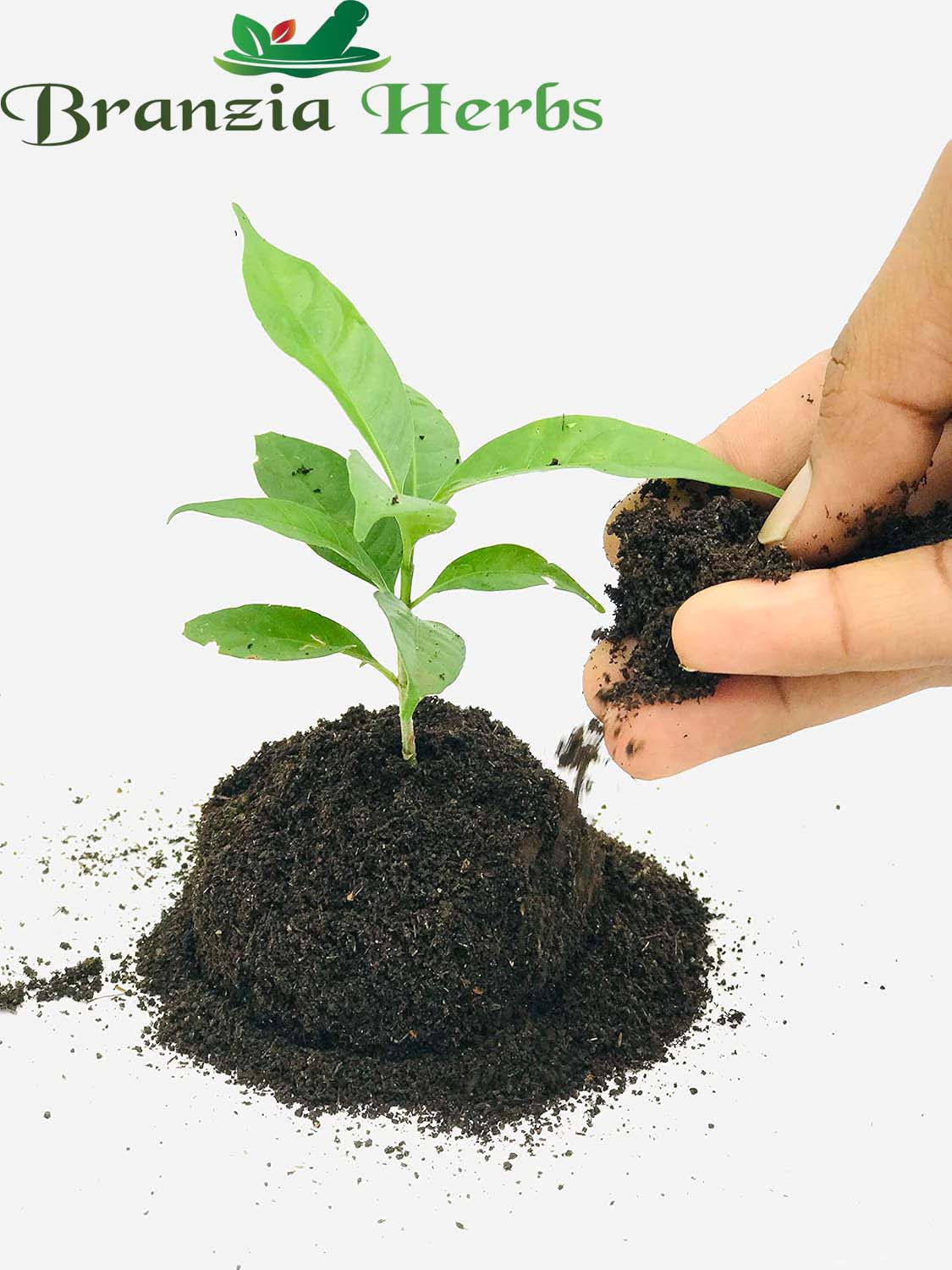Henna (Lawsonia inermis), commonly known as Mehandi, is a flowering plant known for its leaves, which are used to create natural dye for body art and hair treatment. Henna has a long history of use in various cultures for its decorative and therapeutic properties. Here’s a comprehensive guide on Henna Mehandi Plant Seeds, including their characteristics, benefits, and planting care:
Characteristics
-
Appearance:
-
Seeds: Henna seeds are small, brown, and oval-shaped, about 3-4 mm in diameter. They are somewhat hard and require careful handling.
-
Plant: Henna is a small shrub or tree that typically grows to about 2-6 meters (6.5-20 feet) tall. It has small, fragrant white or pink flowers and green, lance-shaped leaves. The plant is known for its aromatic properties and its ability to produce a natural reddish-brown dye from its leaves.
-
Plant Size:
-
Height: Typically grows to about 2-6 meters (6.5-20 feet) tall.
-
Spread: Can spread up to 1.5-2 meters (5-6.5 feet) wide.
Benefits
-
Culinary Uses:
-
Flavoring: While henna is primarily used for its dyeing properties, its leaves are sometimes used in small quantities to impart a unique flavor to dishes in some cultures.
-
Medicinal Uses:
-
Skin Care: Henna is traditionally used in skincare for its cooling and soothing effects. It can help with minor skin irritations and is used in various cosmetic formulations.
-
Hair Care: Henna is widely used as a natural hair dye and conditioner. It strengthens hair, adds shine, and imparts a reddish-brown color.
-
Decorative Uses:
-
Body Art: Henna is well-known for its use in body art, where it is applied as a paste to create intricate designs on the skin. The dye imparts a temporary reddish-brown color that can last for several weeks.
Planting Henna Mehandi Seeds
-
Preparation:
-
Seed Treatment: Henna seeds benefit from pre-soaking in warm water for 24 hours before planting to improve germination rates.
-
Timing:
-
Optimal Season: Plant henna seeds in spring or early summer after the last frost, when soil temperatures are consistently above 20°C (68°F). Henna thrives in warm climates and requires a long growing season.
-
Soil and Location:
-
Soil Type: Prefers well-drained, sandy or loamy soil with a slightly acidic to neutral pH. Good drainage is crucial, as henna does not tolerate waterlogged soil.
-
Location: Choose a sunny location with full sun exposure. Henna thrives in warm, sunny climates and requires plenty of sunlight.
-
Planting:
-
Sowing Seeds: Sow seeds about 1/4 inch (0.6 cm) deep in the soil. Space seeds or seedlings about 60 cm (24 inches) apart to allow for spreading.
-
Germination: Seeds typically germinate within 14-21 days. Keep the soil consistently moist but not waterlogged during this period.
-
Watering:
-
Initial Care: Water the soil thoroughly after planting and maintain consistent moisture until seedlings are established.
-
Ongoing Care: Water regularly but avoid overwatering. Henna prefers moderately dry conditions once established and is drought-tolerant.
-
Fertilizing:
-
Nutrients: Henna requires minimal fertilization. Apply a balanced fertilizer or compost at planting time and as needed throughout the growing season. Avoid excessive nitrogen, which can lead to excessive foliage growth at the expense of flowers and dye quality.
Care and Maintenance
-
Pruning:
-
Trimming: Regularly trim or prune henna plants to encourage bushier growth and maintain shape. Remove any dead or damaged branches to promote healthy growth.
-
Harvesting: Harvest leaves when they are mature and healthy. For dye production, leaves should be dried and ground into a fine powder.
-
Pest and Disease Management:
-
Monitoring: Henna is relatively pest-resistant but can be affected by pests such as aphids and scale insects, as well as fungal diseases like root rot.
-
Control: Use organic pest control methods if needed and ensure good garden hygiene to prevent disease.
-
Protection:
-
Winter Care: In colder climates, henna is typically grown as an annual. In warm climates, it can be grown year-round. In very cold regions, consider growing henna in containers that can be moved indoors during winter.
Environmental Considerations
-
Climate Adaptation: Henna is well-suited to tropical and subtropical climates. It thrives in warm, sunny conditions and may not survive frost.
-
Sustainability: Ensure planting practices are sustainable and adhere to local regulations regarding agriculture and conservation.
Summary
Henna Mehandi Plant Seeds offer a valuable opportunity to grow this aromatic and versatile plant. By following proper planting and care guidelines, you can successfully cultivate henna and enjoy its many benefits, from natural dyeing and skincare to decorative body art. Henna thrives in well-drained, sunny conditions and requires minimal water and fertilization for optimal growth. Its applications in art and personal care make it a valuable plant for various uses.







